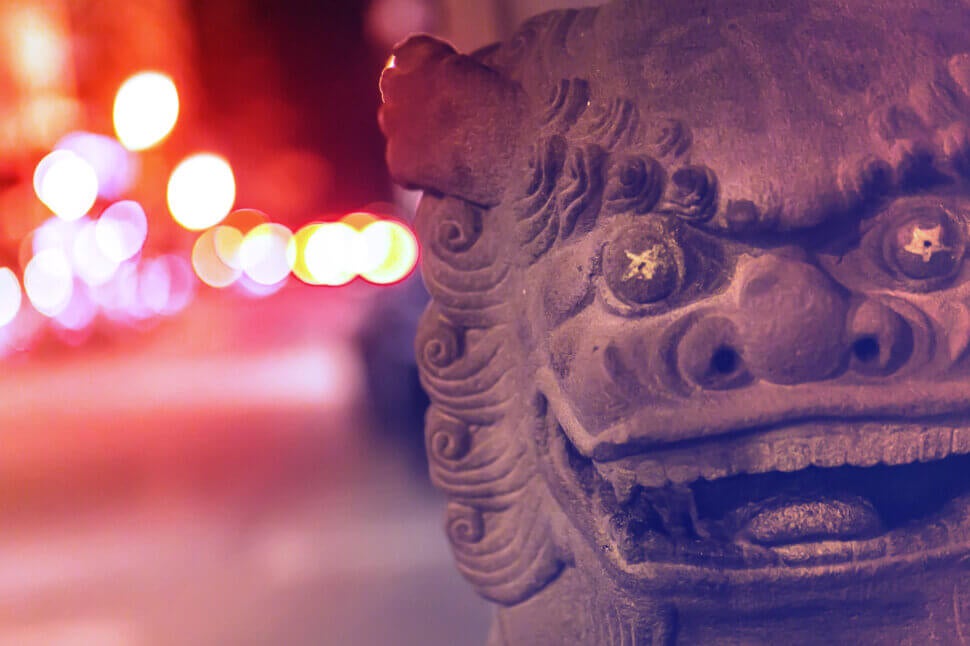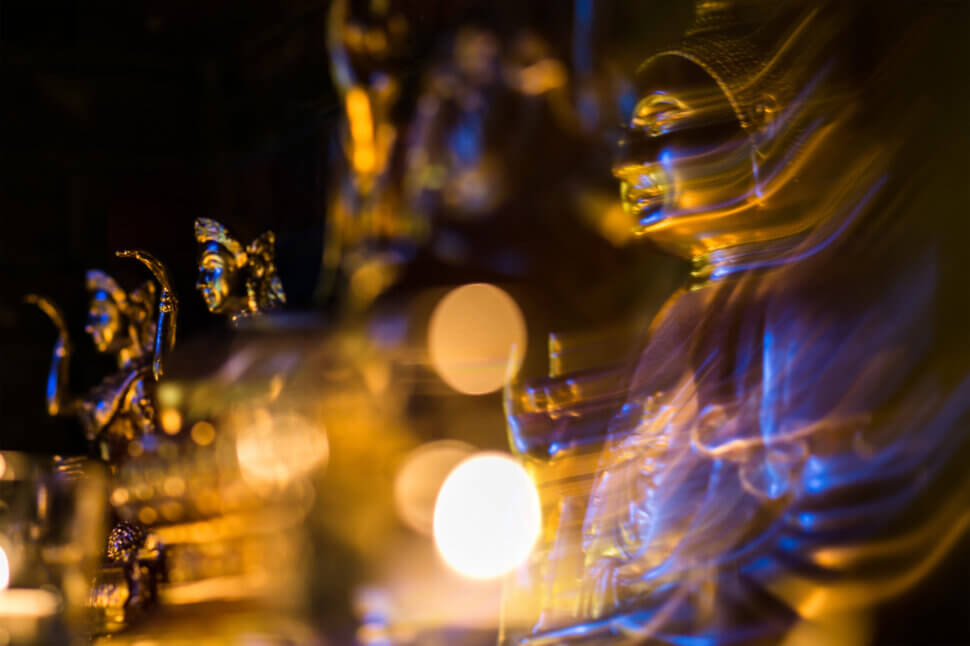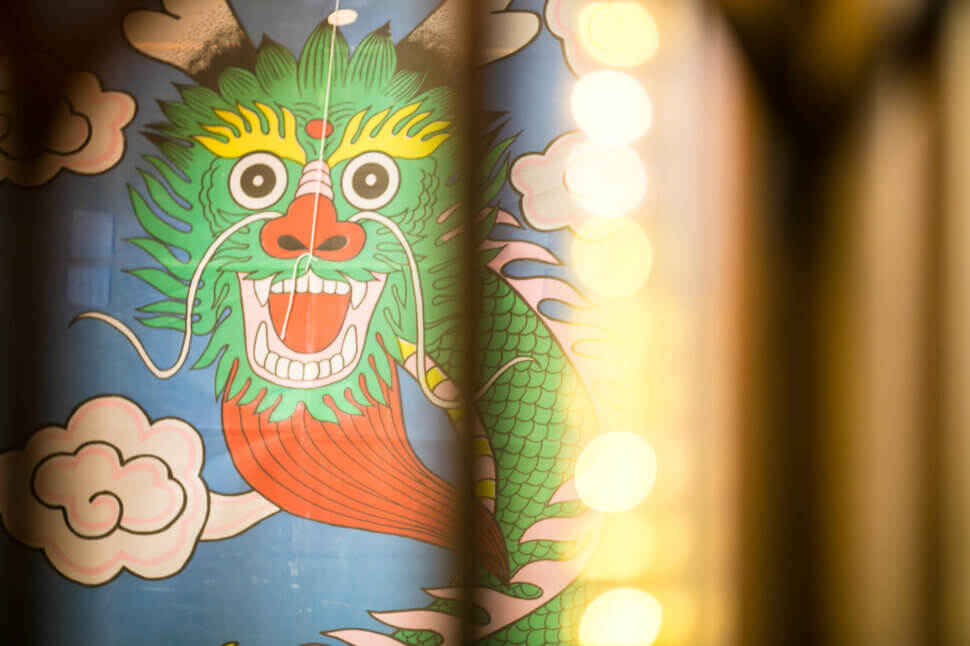Chinese Folklore and Chinese New Year
March 14, 2020
Before the written language was invented, Chinese folklore was passed down from one generation to the next by the spoken word.
The first written mythological tales date as far back as the Wei and Jin Dynasties (220-420), when writers, inspired by Taoist and Buddhist philosophies, would invent stories about gods and ghosts.
However, it wasn’t until the middle of the Tang Dynasty that writers and poets explored the art of storytelling, incorporating a wide range of subject matters and themes reflecting different aspects of human nature. These stories were a way of making sense of the world, of expressing ideas and values about society and relationships and life, at a time when much of everything was a mystery.
As with other cultures, Chinese mythical stories are entwined with history. There are a number of ancient heroes that appear in both factual accounts and in mythical tales, such as Fuxi (credited with creating humanity and the invention of hunting, fishing and cooking), Shennong (known as the Emperor of Five Grains and counted at times amongst the Three Emperors), Huangdi (the Yellow Emperor) and Yu the Great.

THE NIAN
According to ancient legend, a fearsome creature known as the Nian once roamed the land. It had the head of a lion with the body and heart of a bull, and it struck fear into the hearts of the villagers.
Every year, on the second full moon after the winter solstice, the Nian would come to the shore from the sea where it lived to terrorise the people and eat their children and livestock. In order to escape the wrath of the creature, the villagers would flee into the forests and mountains until it returned to its home.
One Chinese New Year’s Eve, an old man appeared in the village. He asked if he could stay the night and promised the people that he would chase away the beast. No one believed him, but the man refused to go and hide in the mountains. Seeing that he could not be persuaded, the villagers left without him.
When the Nian arrived at the village, it was met with exploding firecrackers, fluttering red banners and flashes of light. Startled by this, the Nian turned and fled.

The following day, the people returned from the mountains to find the village intact. The old man had left, leaving behind the remains of the three precious items that he had used to chase the creature away.
From that day on, every Chinese New Year’s Eve families hang red banners, set off firecrackers, and keep their lanterns lit throughout the night. This custom became a traditional celebration called the “Guo Nian” or “Passing of the Nian”, ‘nian’ translating as ‘year’ in Chinese.
THE RAT AND THE CHINESE ZODIAC, OR SHĒNGXIÀO

There are many different versions of this story, but perhaps the most commonly told account involves the Buddha, who sent an invitation to all of the animals in his kingdom to attend a race to determine the twelve animals that would be included in the zodiac.
As they were both bad swimmers and the race included crossing a mighty river, Cat and Rat devised a cunning plan to ride to victory on the back of the strongest animal, Ox.
Just as they were in sight of the shore, Rat pushed Cat into the river before jumping to shore ahead of Ox and winning the race, becoming the first animal in the zodiac.
Ox came second, while Tiger, though one of the most powerful and ferocious animals, came fourth, defied the winning place by the river’s powerful currents.
Rabbit took fourth place. Serendipitously, the small animal had been blown to shore on a log he had climbed upon after running out of river stones to hop across.
As one of the only flying animals, Buddha was surprised that Dragon came fifth. However, Dragon explained that he had stopped to make it rain for the people and then took pity on Rabbit, who he blew to shore ahead of him.
Horse arrived close to shore next, although hidden on his hoof was Snake, whose appearance had given Horse such a fright, making him fall back. Snake took sixth place in the zodiac while Horse came seventh.
Not long after, Sheep, Monkey and Rooster came to shore on a raft discovered by Rooster. Together Sheep and Monkey cleared the reeds and pulled the raft to shore, securing their places as the eighth, ninth and tenth animals of the zodiac.
While Dog was the strongest swimmer, he couldn’t resist playing in the river. Because of this he took eleventh place.
Just as Buddha was about to close the Great Race, a squealing was heard. Pig had gotten hungry and stopped for a snack and a subsequent short nap. Even though he was late, he had arrived before the end of the race, so he took the final twelfth place.
